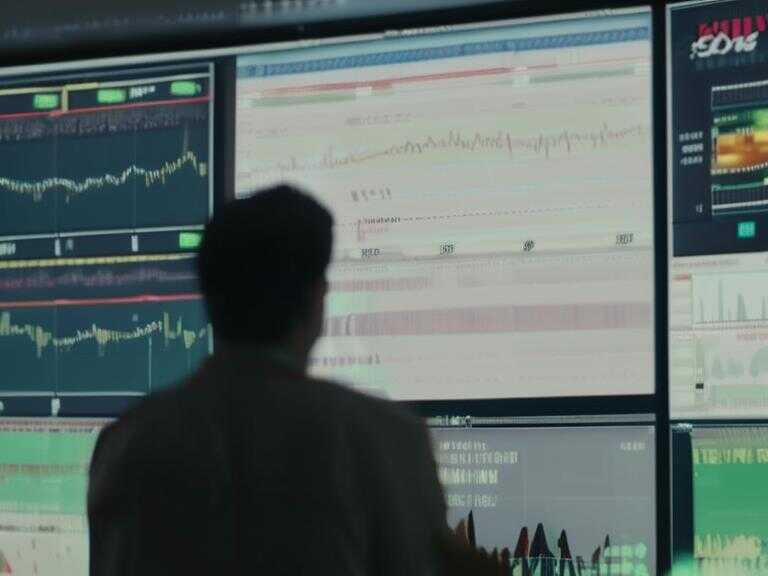
Wholesale Prices Rise More Than Expected in January
Wholesale prices rose more than expected in January, but some signs indicate easing inflation pressures.

The producer price index (PPI), which reflects what producers receive for their goods and services, showed an unexpected increase of 0.4% in January, as reported by the Bureau of Labor Statistics. This rise is greater than the Dow Jones estimate of 0.3%. The core PPI, excluding food and energy, saw a 0.3% increase, which aligned with expectations. Despite the higher-than-anticipated headline number, stock market futures experienced an upward movement, and Treasury yields saw a noticeable decline following the release of the report. Wall Street strategists pointed out details in the report suggesting a more manageable inflation scenario.
Wholesale Prices Increase in January
"Despite the headline number being higher than expected, certain elements of the report pointed towards a more subdued inflation outlook. For instance, costs related to healthcare showed signs of easing, with physician care experiencing a decline of 0.5%. Domestic airfares decreased by 0.3%, and brokerage services prices fell by 2.2%," said a Wall Street strategist.
Annual PPI Increase and Market Expectations
Over the past year, the overall PPI increased by 3.5%, significantly surpassing the central bank's target. Consequently, futures pricing indicates that the market does not anticipate the Federal Reserve lowering its benchmark interest rate until October. The Federal Reserve's primary inflation measure focuses on the personal consumption expenditures prices index. This index, which is set to be released later in February by the Commerce Department, takes into account the PPI and CPI releases.
Despite the PPI release showing higher-than-expected figures, it is essential to note that the Federal Reserve primarily relies on the personal consumption expenditures prices index when assessing inflation trends. Based on Citigroup estimates, the core PCE measure is likely to show a 0.22% increase, representing a decrease from the 0.45% recorded in December. This would lower the annual inflation rate to 2.5%. These numbers are likely to influence the Federal Reserve's decisions regarding interest rates.
The release of the PPI figures followed the Bureau of Labor Statistics reporting a 0.5% increase in the consumer price index for the month, resulting in an annual inflation rate of 3%. This figure is significantly above the Federal Reserve's long-term goal of 2%. The combination of both reports suggests that the expectations for an interest rate cut may be pushed back to the second half of the year. However, it is important to acknowledge that inflation data can be volatile, and the outlook could change based on subsequent months' figures.
Share news















